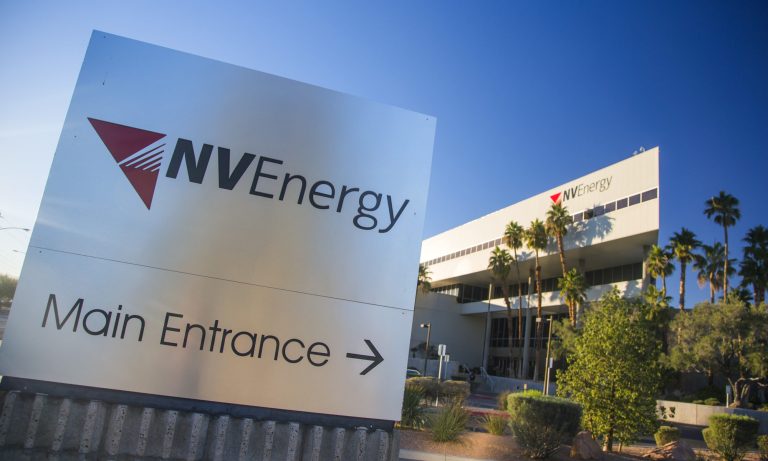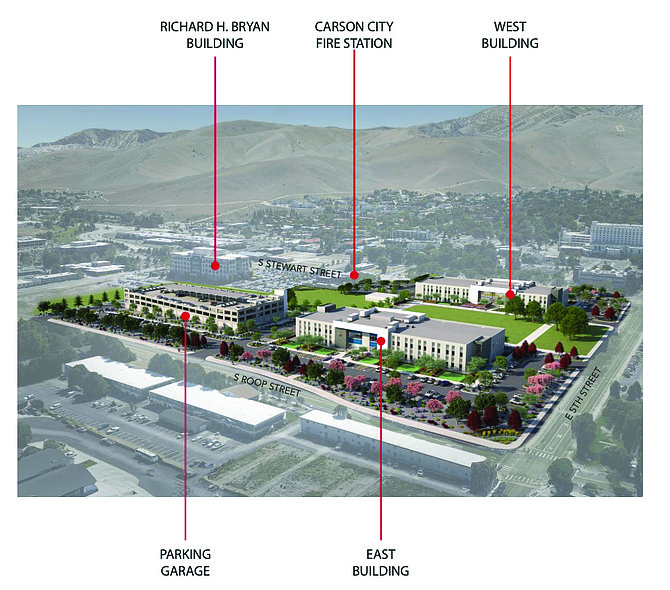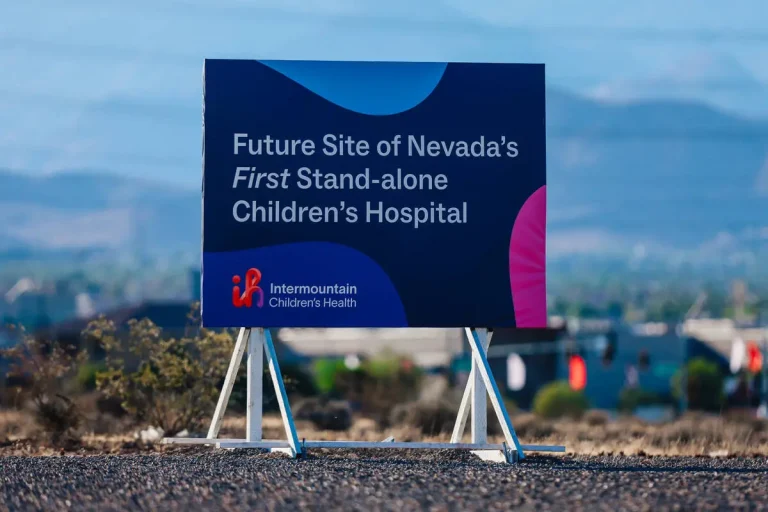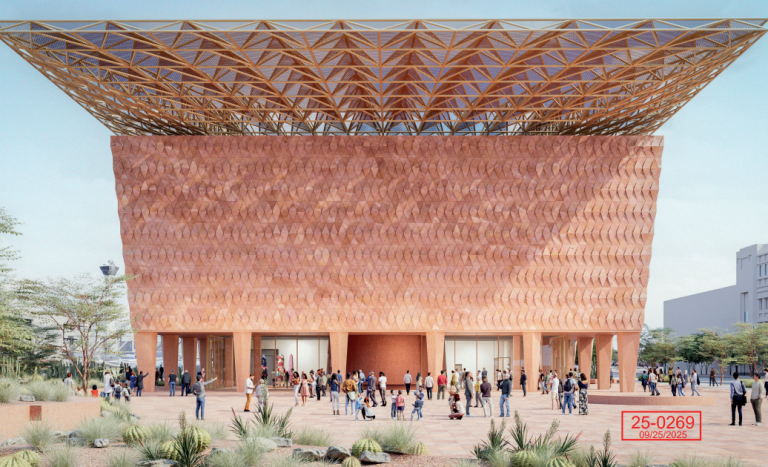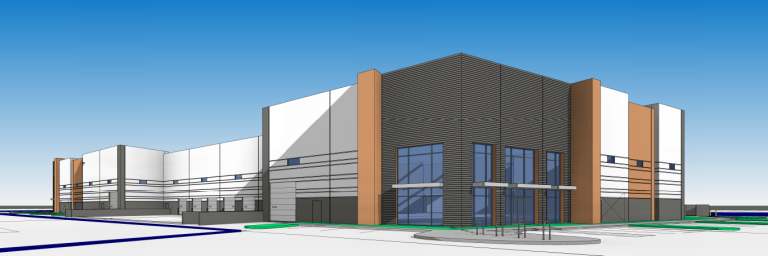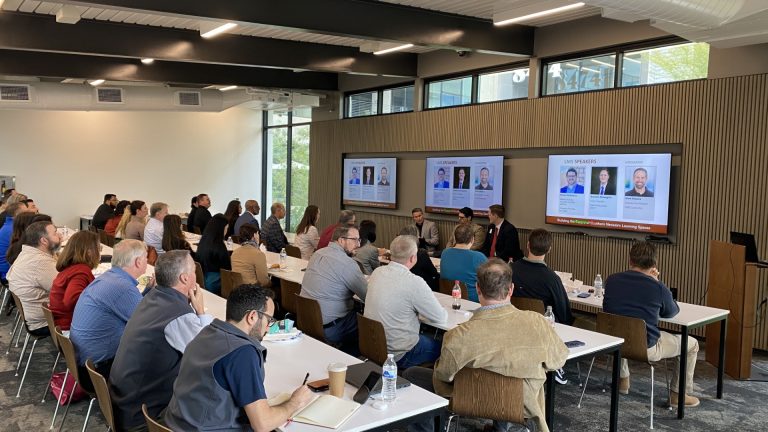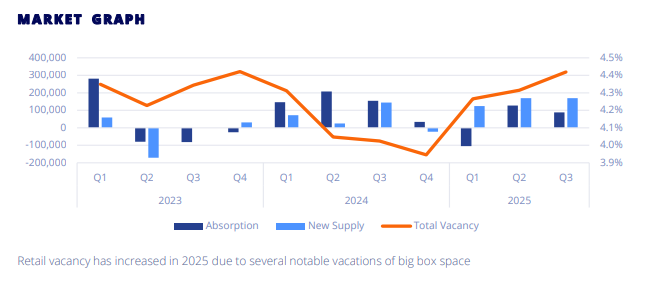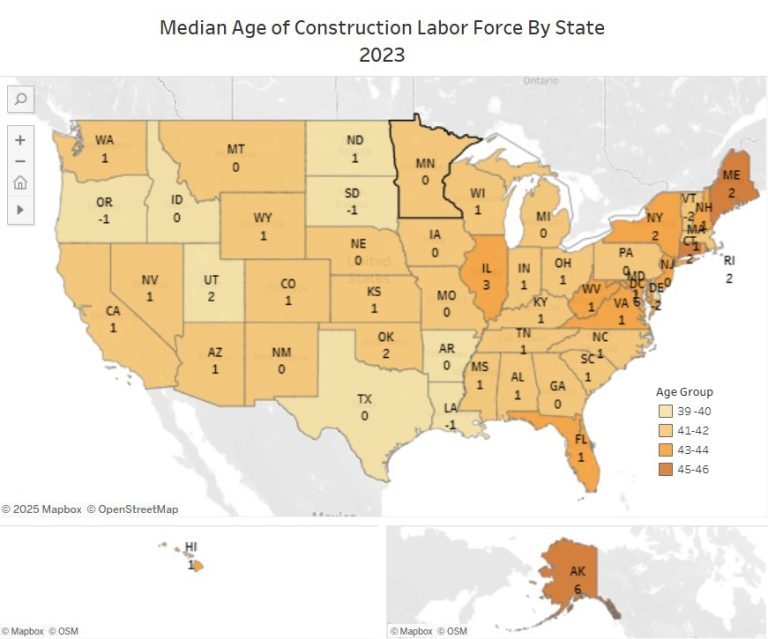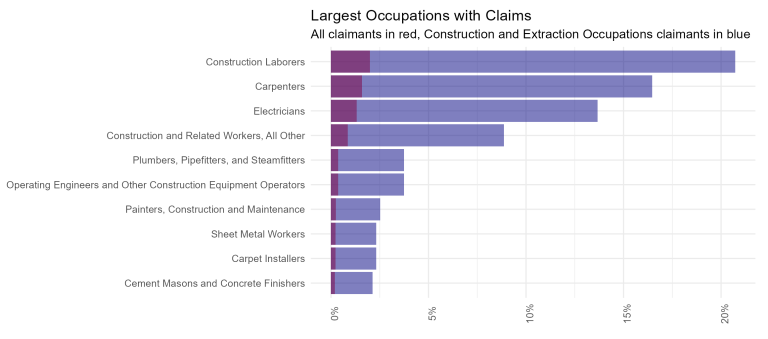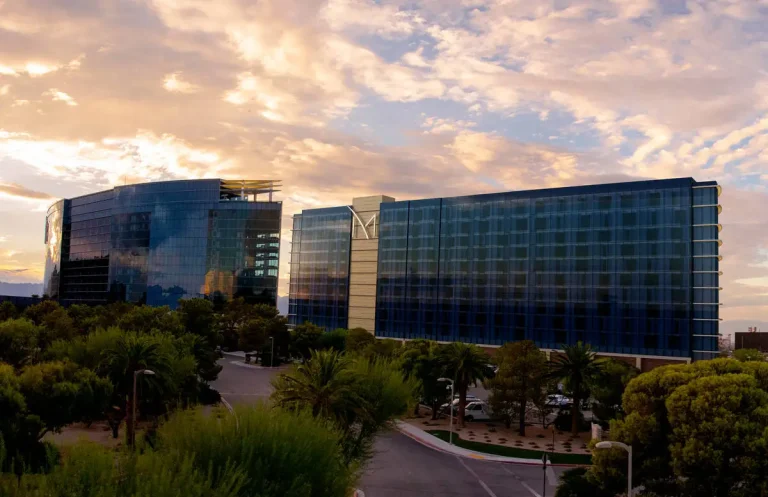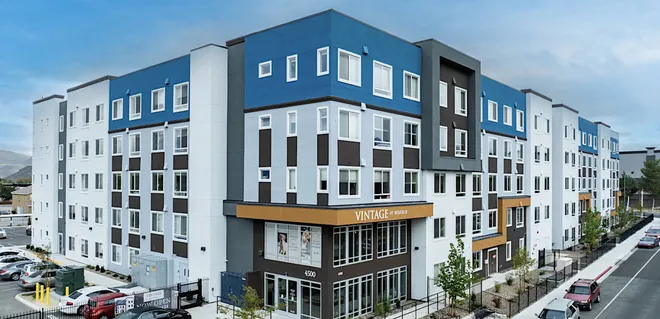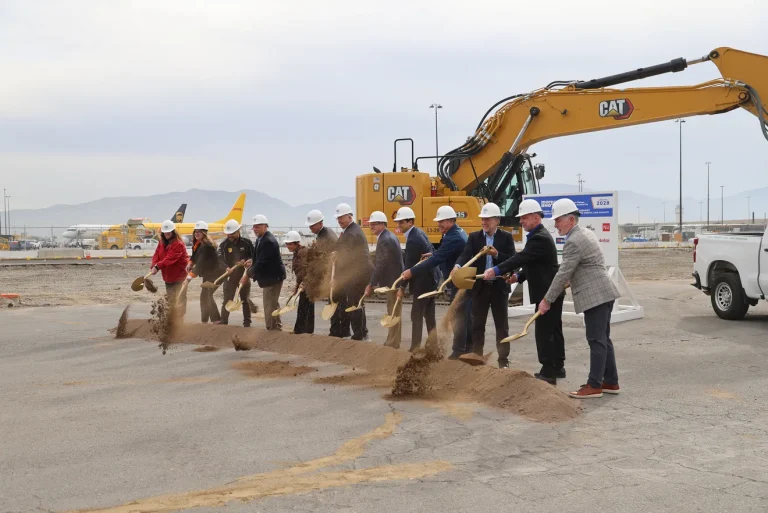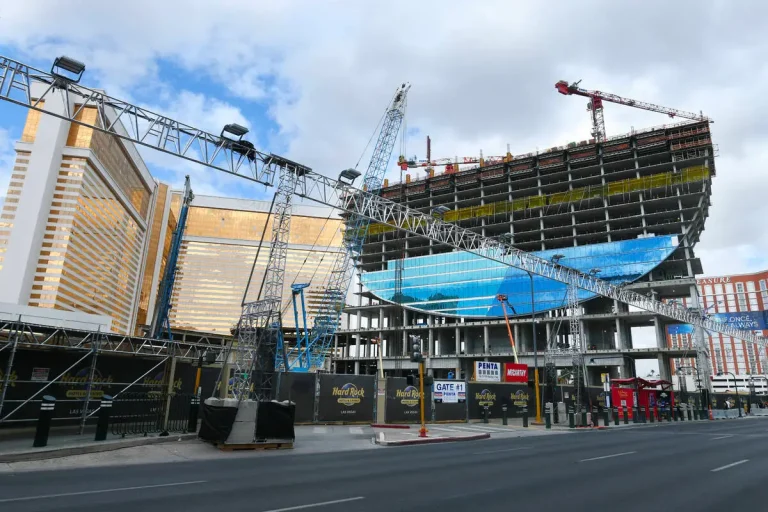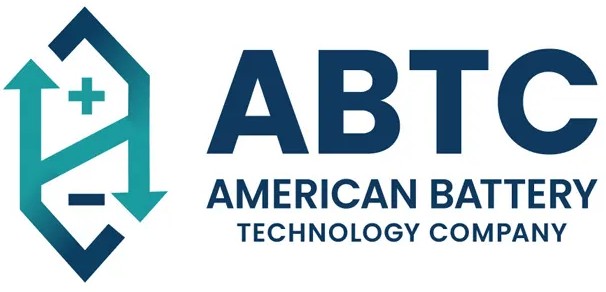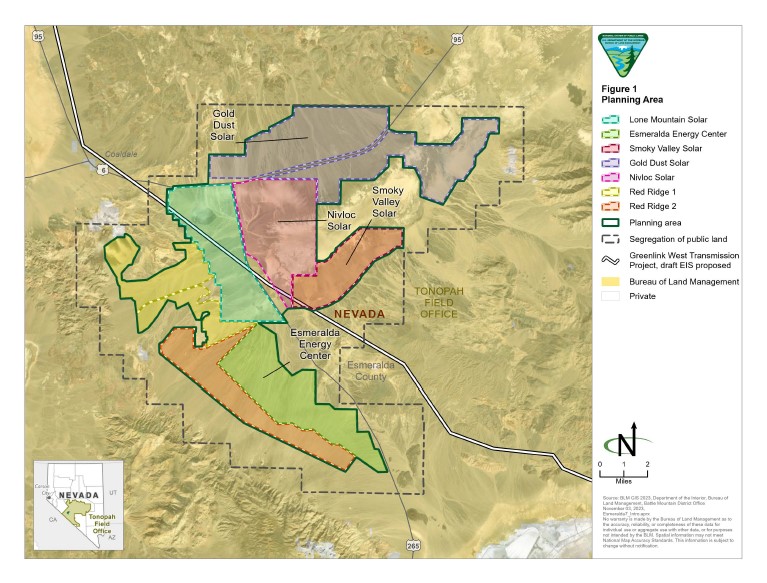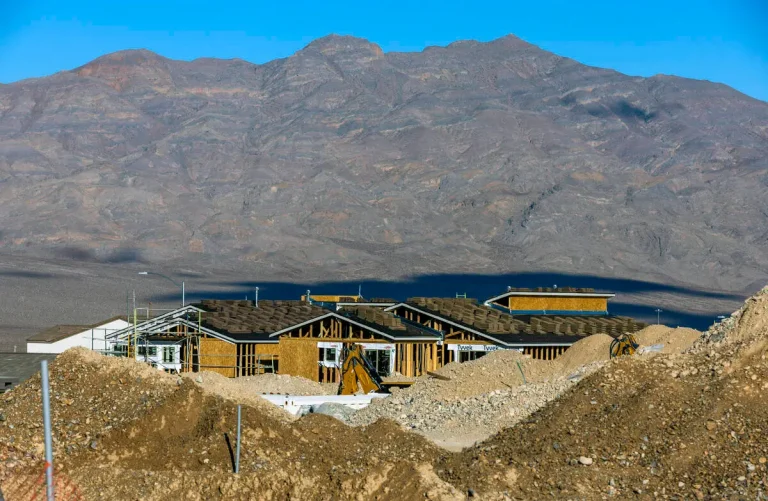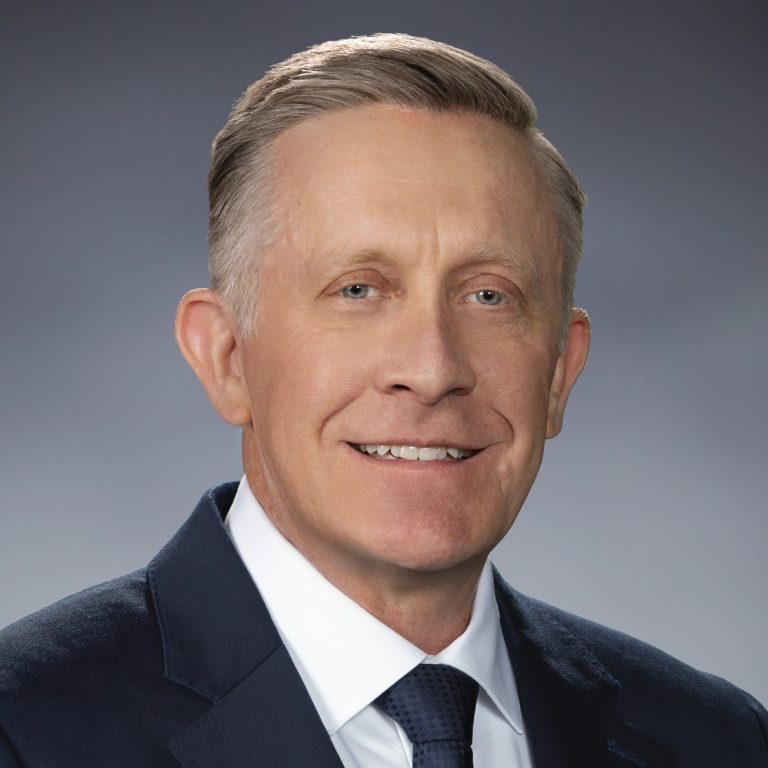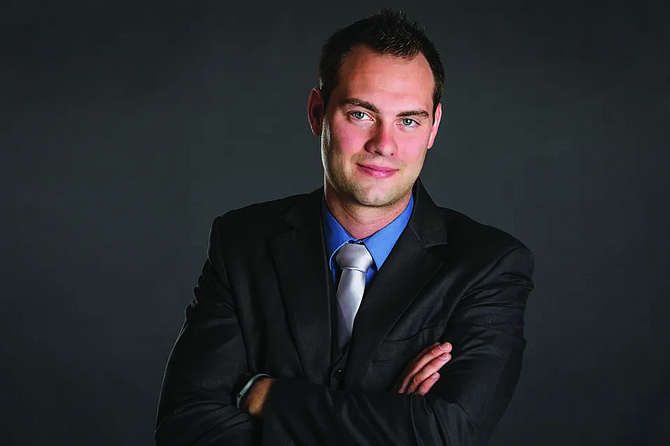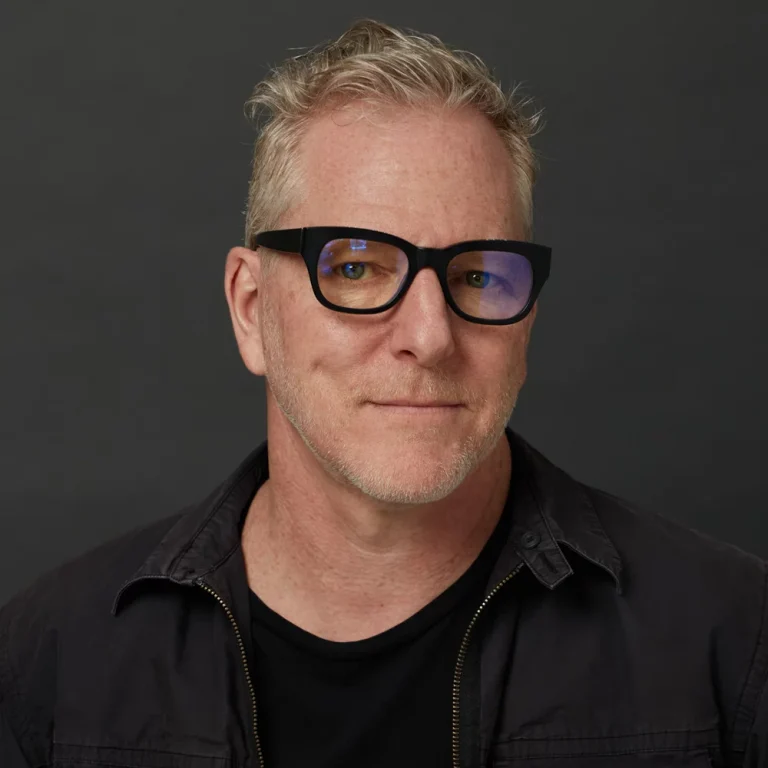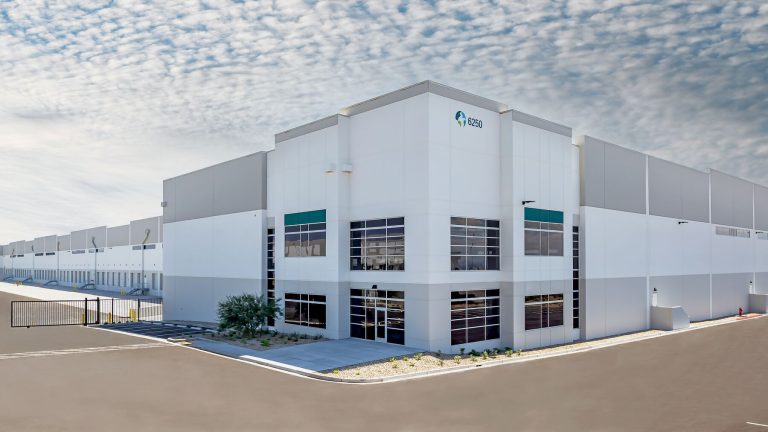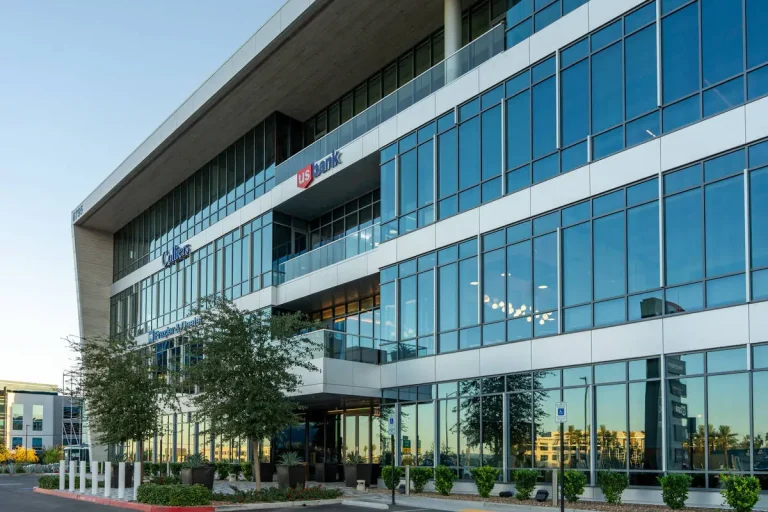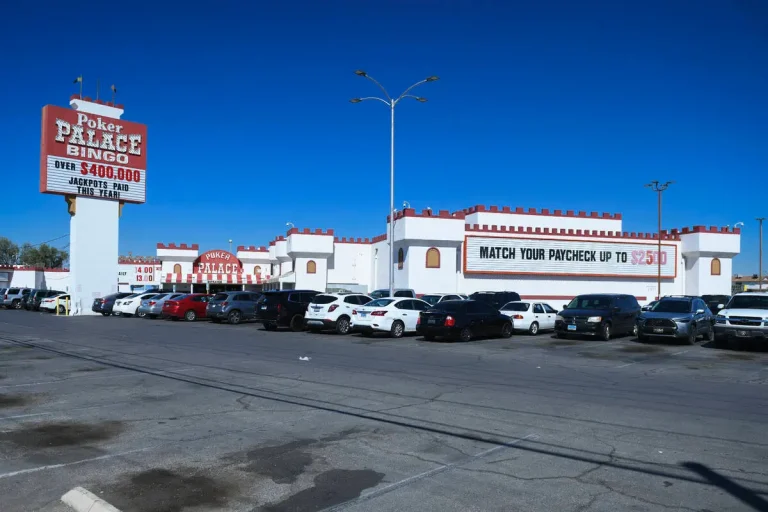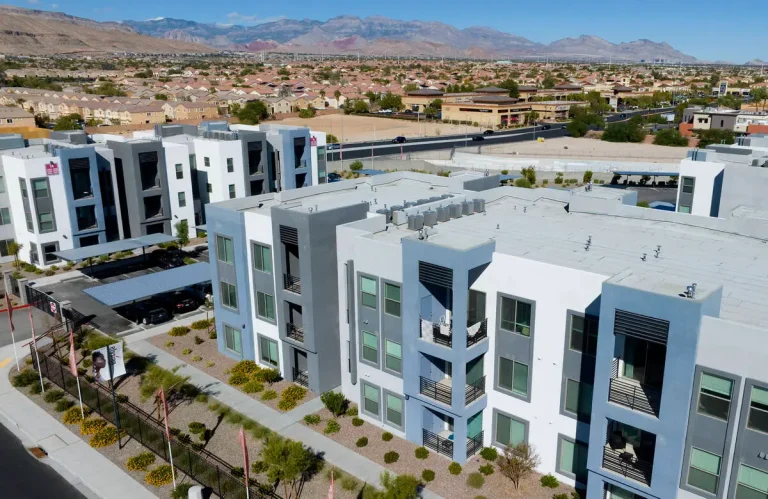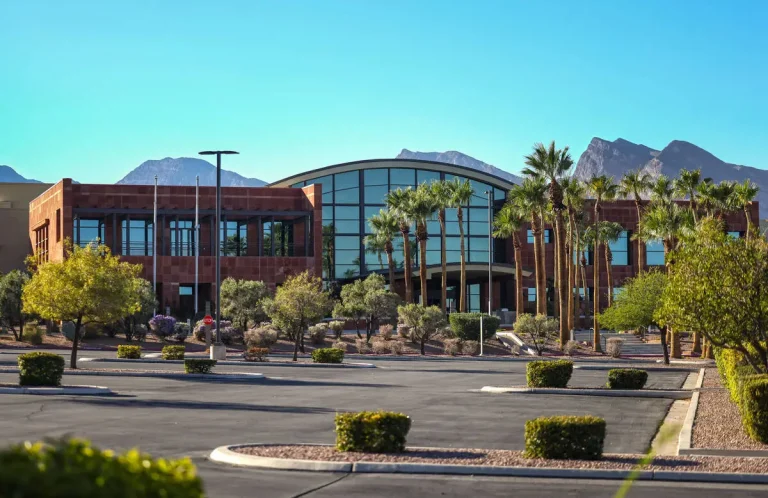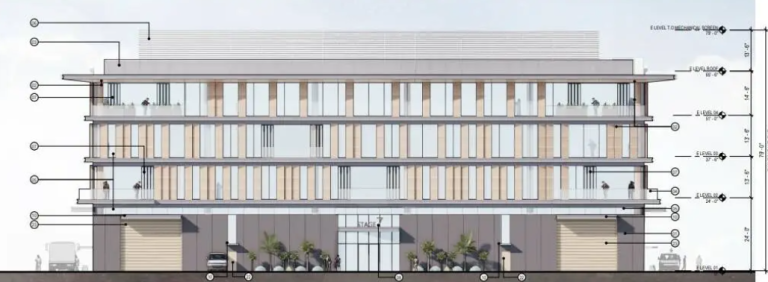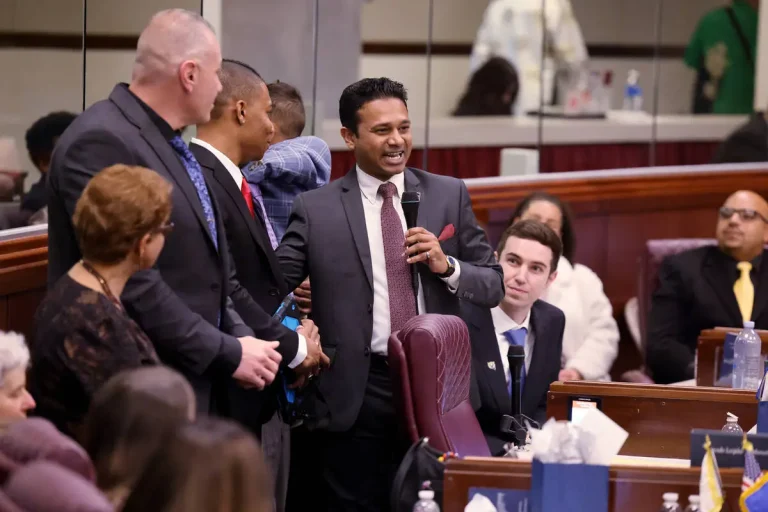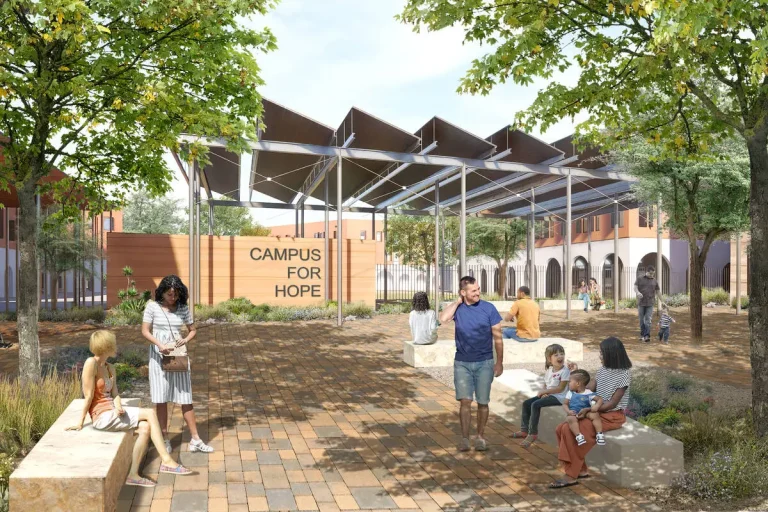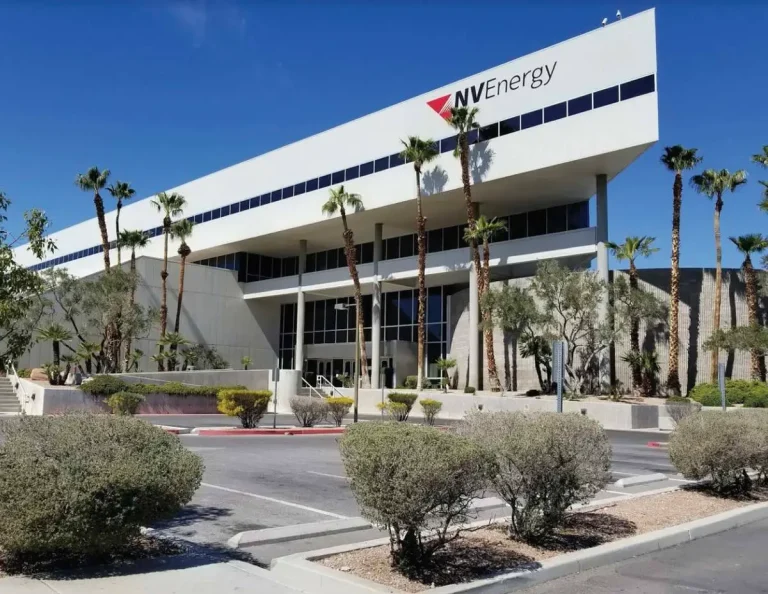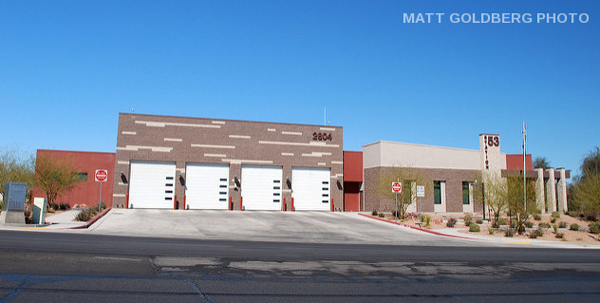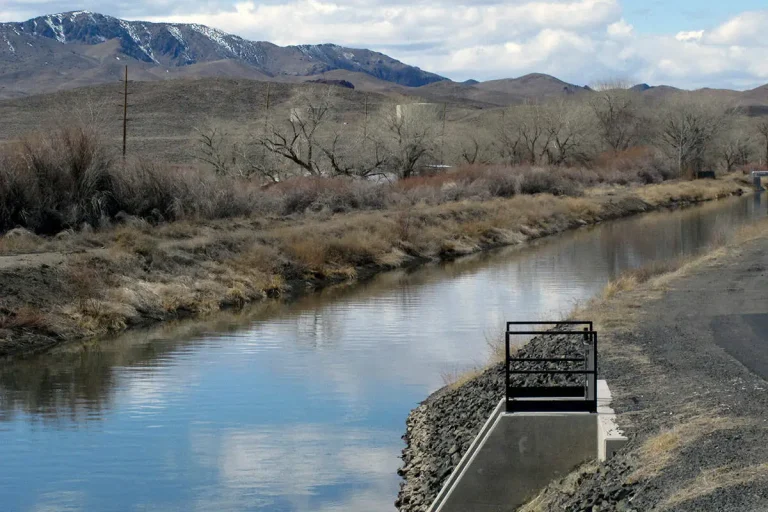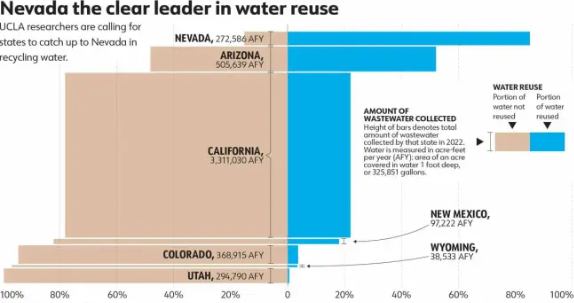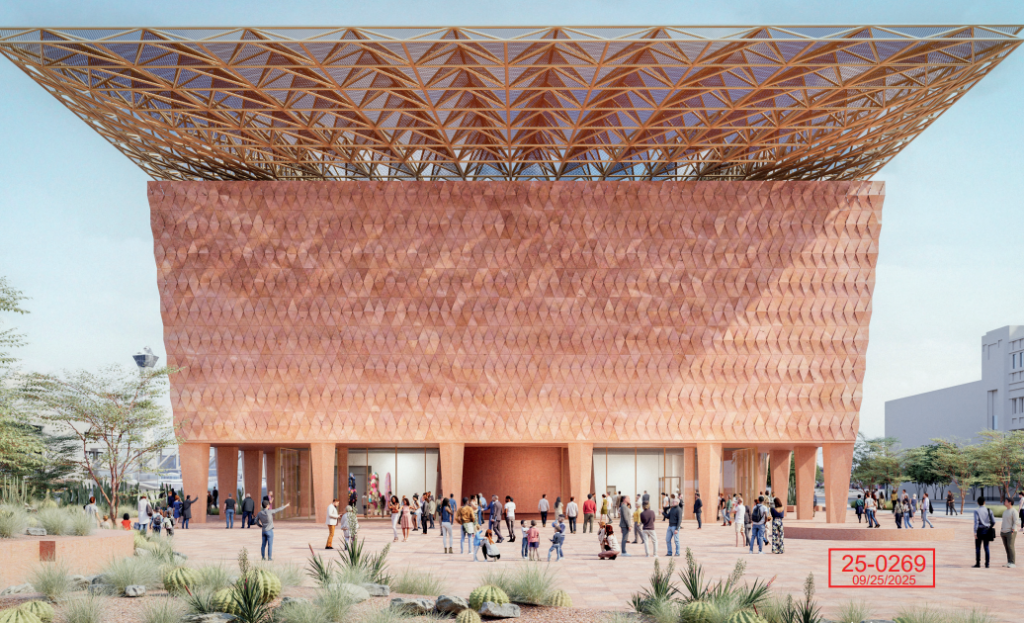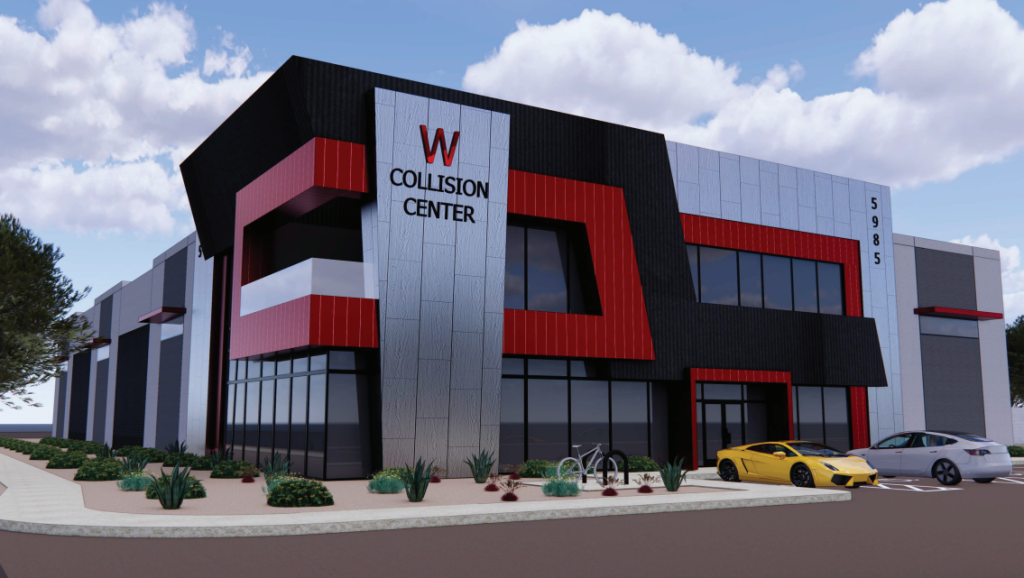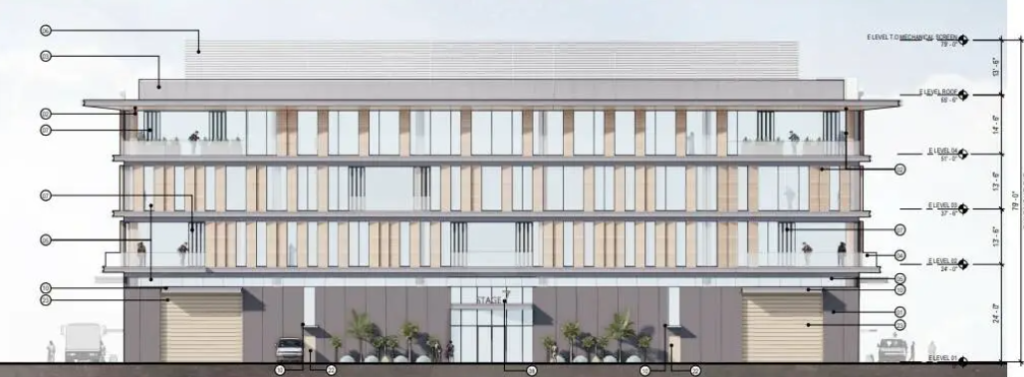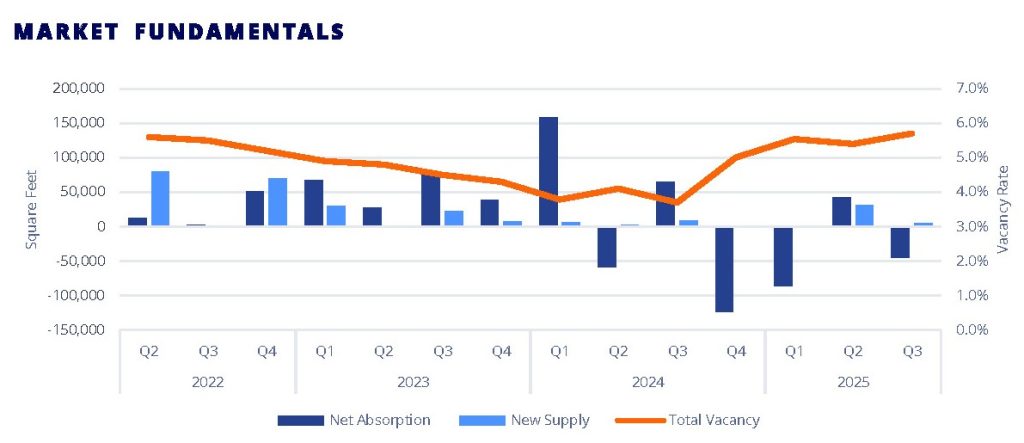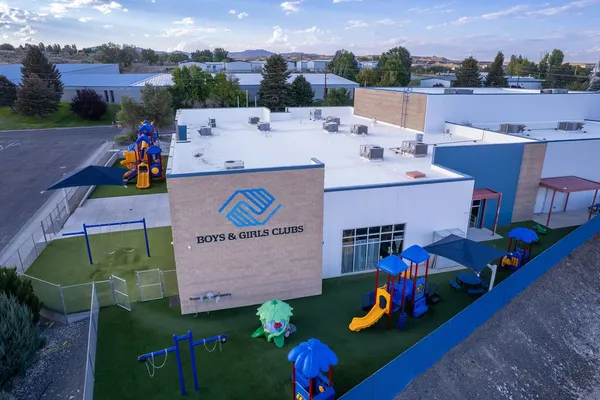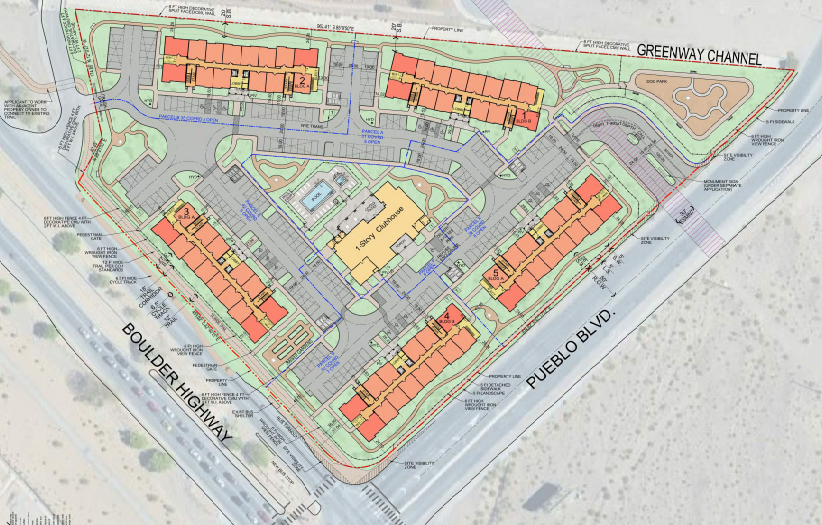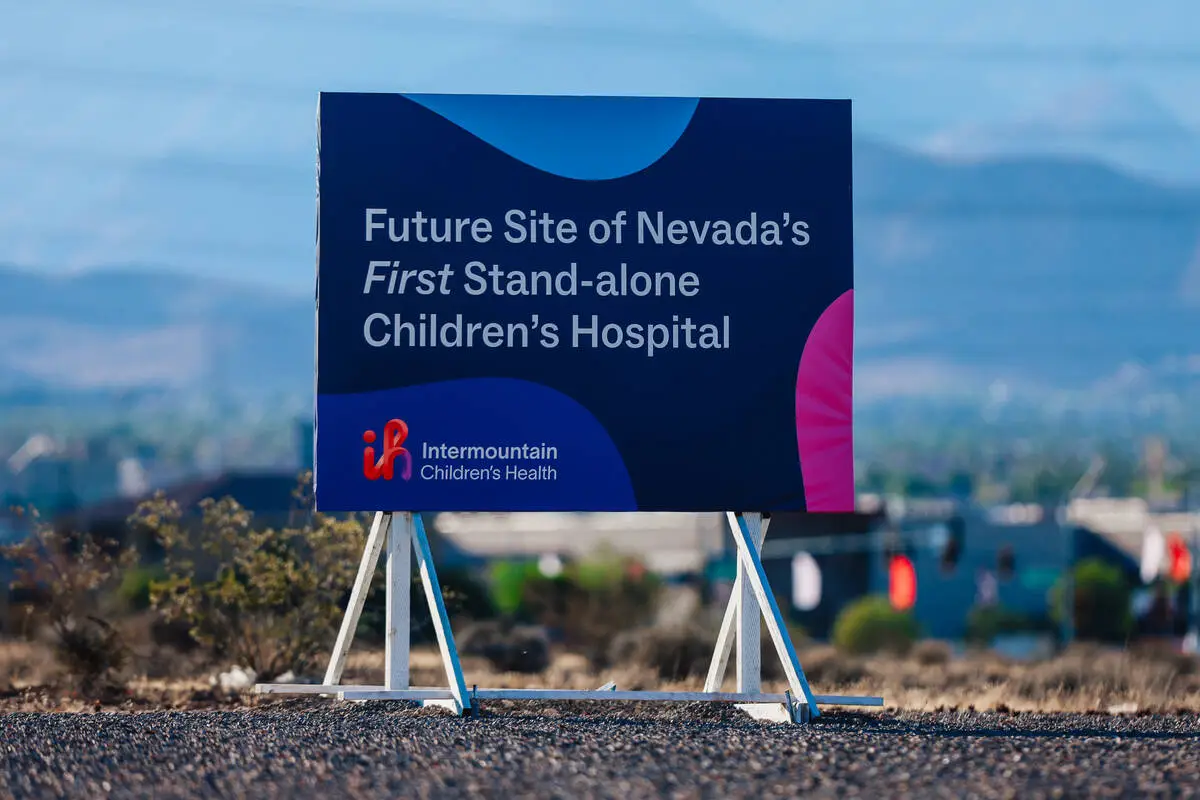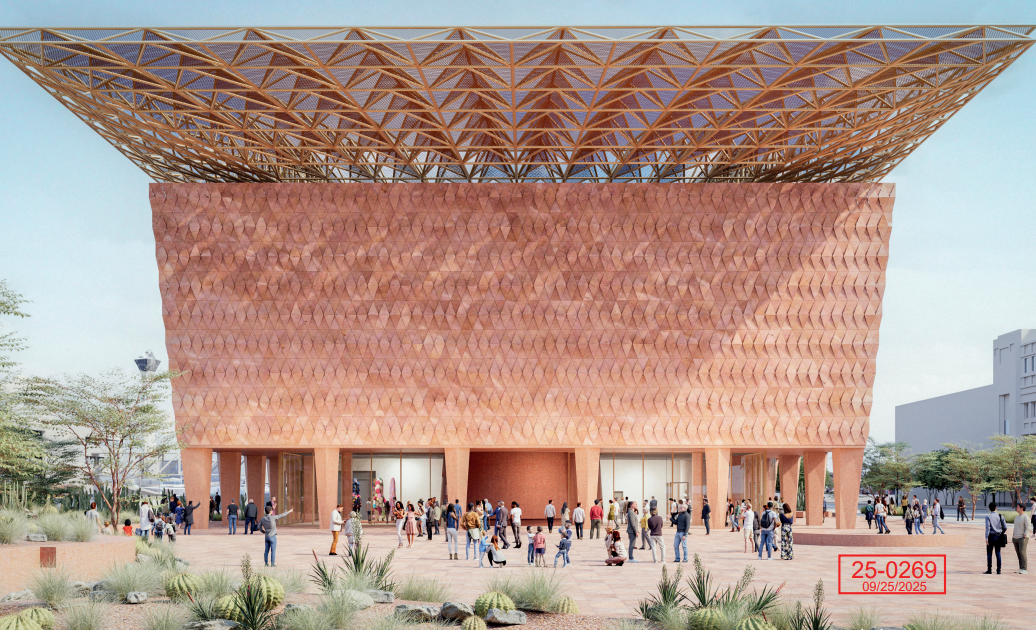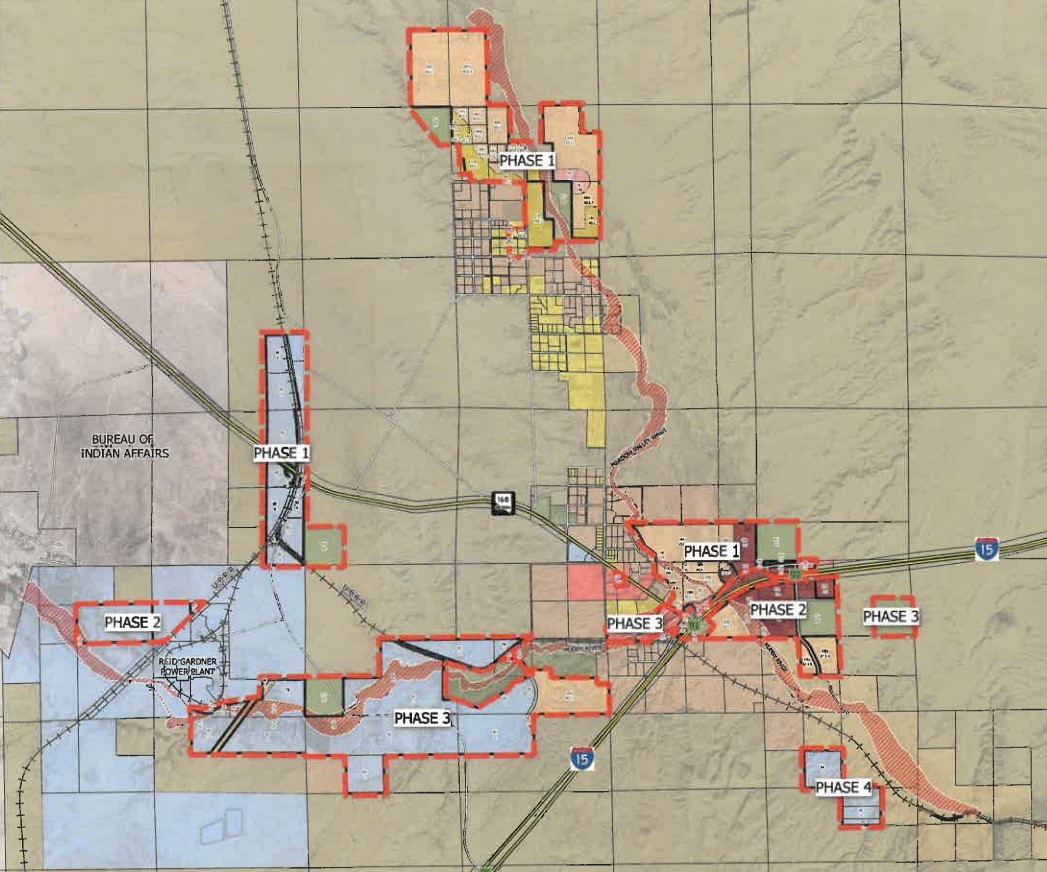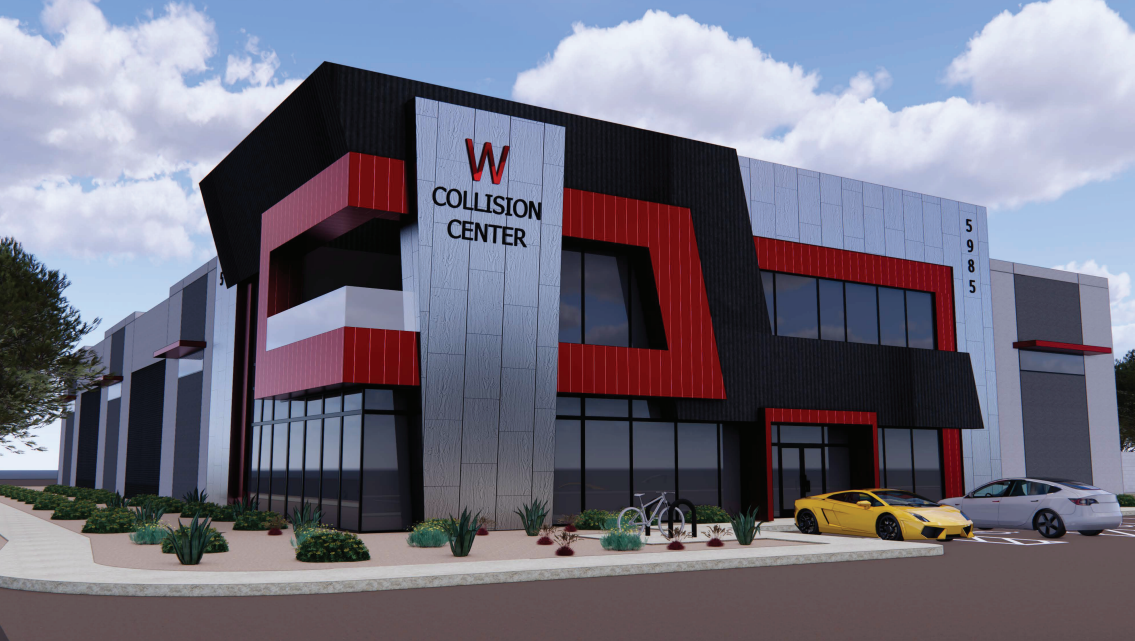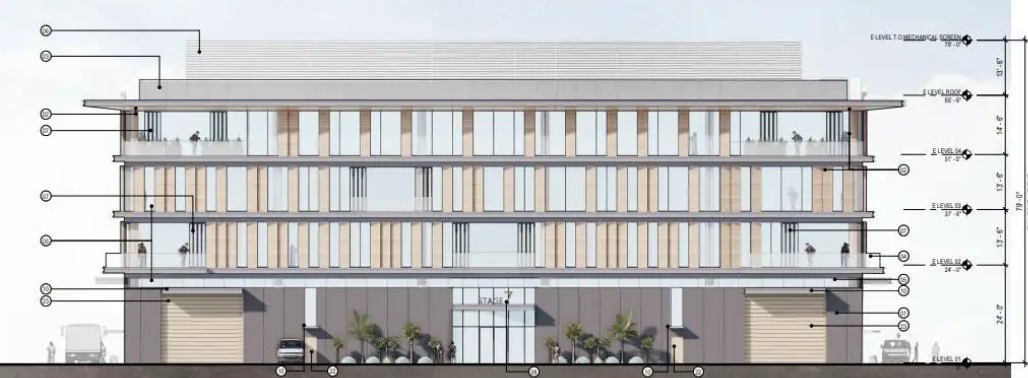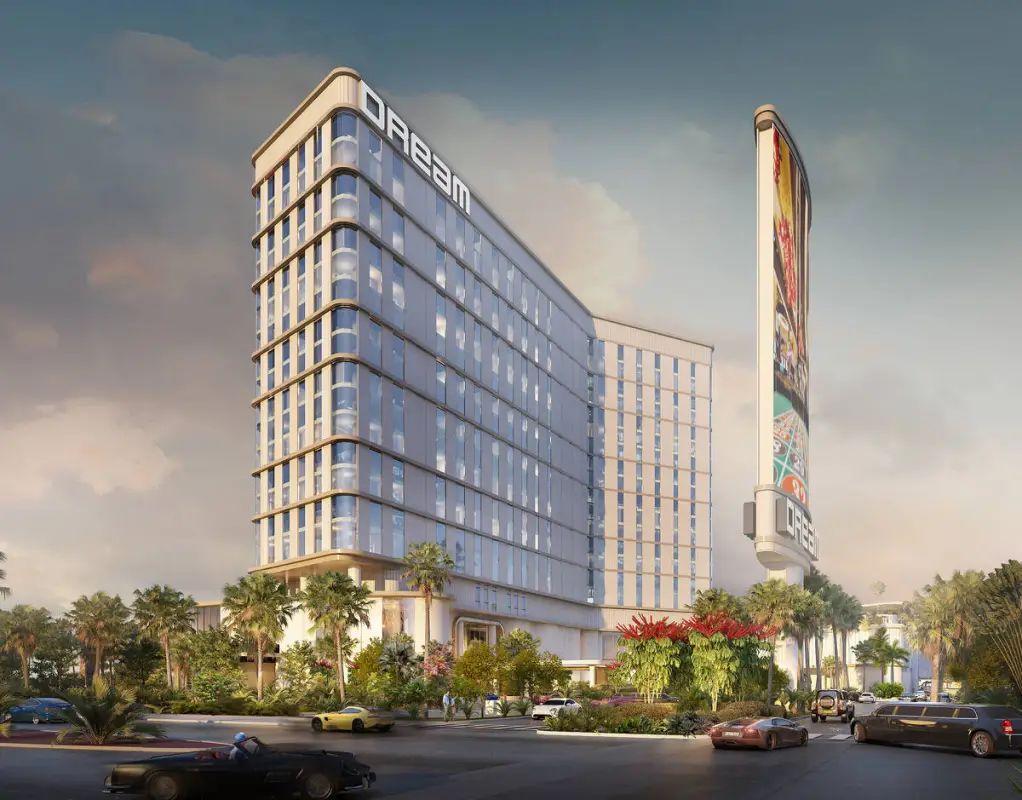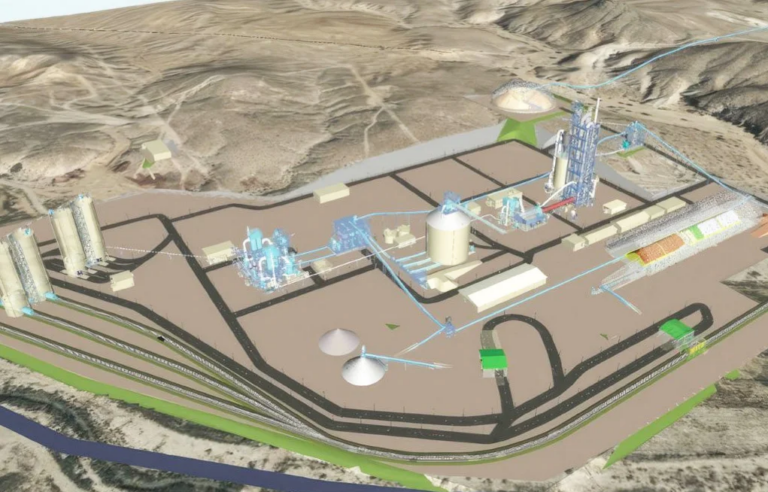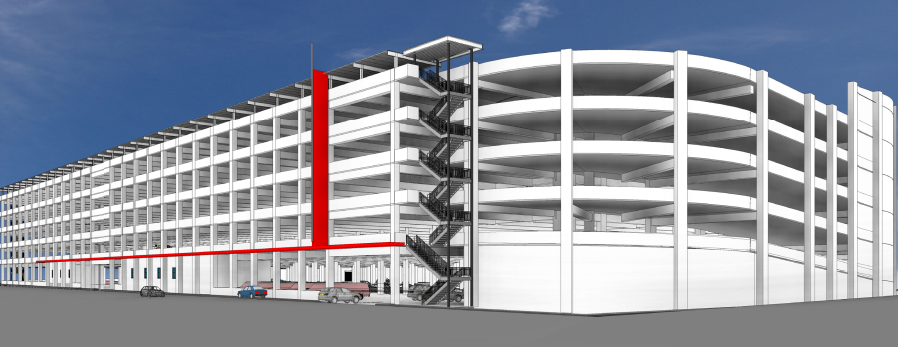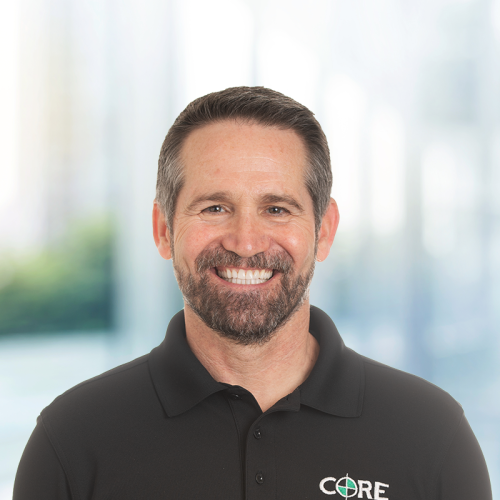NVBEX held its first ever Leading Market Series in Nevada on Aug. 20, where three speakers discussed public works projects.
The LMS began with an introduction from BEX Founder and President, Rebekah Morris, who shared some background on the company.
BEX has been providing construction market research and data in Arizona for 15 years. The company has three separate service lines: a digital magazine, industry event planning and the DATABEX project database. While the company has been holding events in Arizona for more than ten years, this Public Works LMS served as the first-ever NVBEX event. DATABEX for Nevada will be launching in the coming months.
BEX LMS events focus on tangible happenings in specific market sectors. Discussions highlight what is currently happening with an emphasis on future projects and industry-wide impacts. Each speaker prepared a slideshow to go alongside their respective presentations, which is then sent to attendees.
The LMS featured Joanna Wadsworth, Director of Engineering, Streets and Highways with the Regional Transportation Commission of Southern Nevada; Brian W. Motes, Construction and Professional Services Contract Manager with the Clark County Department of Aviation, and Brett Robillard, Principal, Design Director with Gensler.
RTC of Southern Nevada
Wadsworth began with a general overview of the various responsibilities held by the RTC. The RTC is the metropolitan planning organization for the region. Wadsworth described the organization as one that is “wearing many hats.”
The RTC has a planning department that oversees significant regional planning studies such as Southern Nevada Strong and the Charleston Transportation Study.
The RTC oversees all public transit in Southern Nevada. The organization also oversees traffic management, with the Freeway and Arterial System of Transportation department. This department works on regional signal timing on behalf of local agencies. It also operates and maintains ITS devices on the freeway.
In addition to transit and freeway ITS management, the RTC also oversees bicycles and roadway funding. The organization is in charge of all incoming transportation funding, coordinating with local agencies to program the funds and distribute them according to formulas that consider population and property values.
Local funds are collected via three separate sources. The first method is the Motor Vehicle Fuel Tax. The RTC was initially created to oversee funding delivered from the tax, which is a flat 9% on the sale of gasoline. The organization also receives a small amount of its funding from local sales taxes.
The third funding mechanism is Fuel Revenue Indexing. The FRI was discussed in the legislative session, as it is set to expire on Dec. 31, 2026. Wadsworth said the FRI is crucial, as it helps ensure funding for roadway projects as cars continue to become more fuel efficient. A decision has yet to be made on an extension of the funding method.
Overall, $0.78/gallon is collected for roadway projects. Of that total, $0.26 goes to the RTC, $0.095 goes to the County, $0.241 goes to the State, and the remaining $0.184 goes to the federal government.
Wadsworth then touched on some of the large-scale projects to be funded via the FRI. She provided five examples of projects fully funded by the FRI:
- Las Vegas Blvd. Improvements – valued at $173.3M;
- North 5th Street Improvements – valued at $105M;
- Main Street Improvements – valued at $55M;
- Boulder City Parkway – valued at $17M, and
- Beltway Improvements – valued at $75M.
She then discussed the importance of local public bodies having the necessary resources to meet local match requirements. Even if an agency has a shovel-ready project, one of the most crucial ways to stay competitive for a limited pool of federal resources is to have a local match ready.
She provided five projects funded via a combination of FRI and federal dollars. These projects included:
- Laughlin/Bullhead Bridge – received $30M in FRI funding and $22M in federal funding;
- I-15 Interchange at Starr Ave. – received $38M in FRI funding and $5M in federal funding;
- I-11 Boulder City Bypass – received $37M in FRI funding and $239M in federal funding;
- Maryland Parkway Bus Rapid Transit – received $125M in FRI funding and $219M in federal funding, and
- Reimagine Boulder Highway – received $30M in FRI funding and $89M in federal funding.
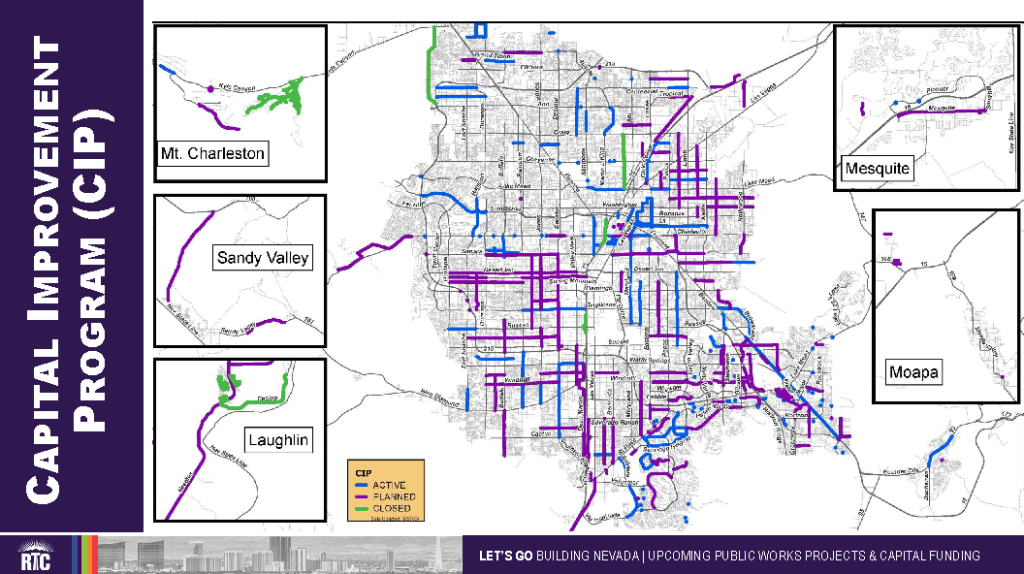
The RTC adopted its FY 2026-FY 2035 Capital Improvement Plan in June. Wadsworth noted the RTC does not own the right-of-way, therefore, it is solely responsible for managing funding and the capital plan for local agencies. The agencies themselves are in control of the design, advertising and construction processes.
The ten-year CIP totals $1.4B. This exclusively contains funding from fuel tax and sales tax revenue, not the FRI. If the FRI is extended, the FY 2027 CIP will then increase by approximately $200M per year. Currently, the funding accounts for $100M per year, if the FRI is extended it will boost annual funding to $300M.
Notably, Clark County is the largest funding recipient, in line to receive $509.6M in the next decade. The City of Las Vegas is second with $264.4M in programmed funding. The RTC has $232.5M; the City of North Las Vegas has $189.6M; the City of Henderson has $158.2M; the City of Mesquite has $30.7M, and the City of Boulder City has $13.2M programmed.
Wadsworth ended her presentation by discussing a number of projects that local agencies are soon to advertise.
Clark County Department of Aviation
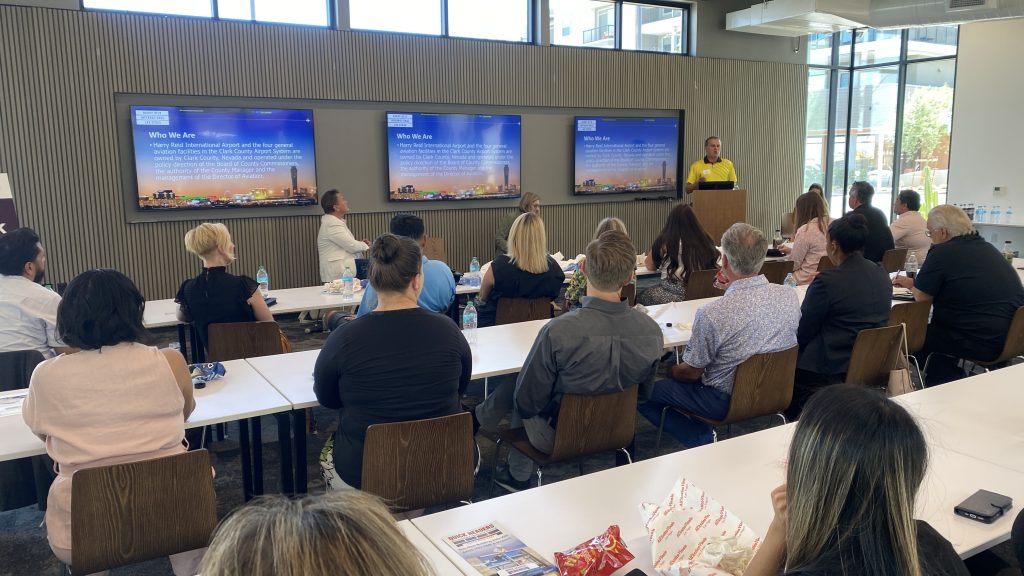
Like Wadsworth, Motes began his presentation with a bit of background on the agency he serves. The Clark County Department of Aviation consists of the Harry Reid International Airport and the additional four general aviation facilities in the county.
Motes noted that the airports moved approximately 60 million passengers in 2024. He said 2025 has seen roughly 11% less traffic. He had a sense of optimism with the slowdown, going on to say that a short period of time with less traffic will allow the airport to follow through with the projects needed.
Construction throughout the airports has remained busy. Motes touched on funding, saying that the airports primarily garner funding through their own operations and through federal sources. Local taxes do not go toward funding airport projects.
Motes concluded his presentation by discussing various upcoming projects planned across the airports.
Gensler
Robillard began with an overview of Gensler, as well as some insights into global trends. Gensler is a global architectural firm that began in San Francisco 60 years ago. Currently, the company operates on five continents with a planned expansion into Africa.
Gensler operates in 33 separate practice areas across four sectors. Robillard stated that each project touches the public realm almost every time.
He then moved on to the important aspects of working alongside local agencies. “When we work in the public realm, a really important thing is to engage with the stakeholders.” He elaborated on this idea by saying stakeholders consist of local agencies and people in the neighborhoods.
Robillard said the design firm doesn’t necessarily start with a vision in mind but comes in to research and problem solve to create something that benefits communities.
Robillard then touched on a global trend he’s seen lately where local governmental bodies are looking for a lot of “walkable” developments. These developments generally consist of mixed-use properties in close proximity to accessible public transportation.

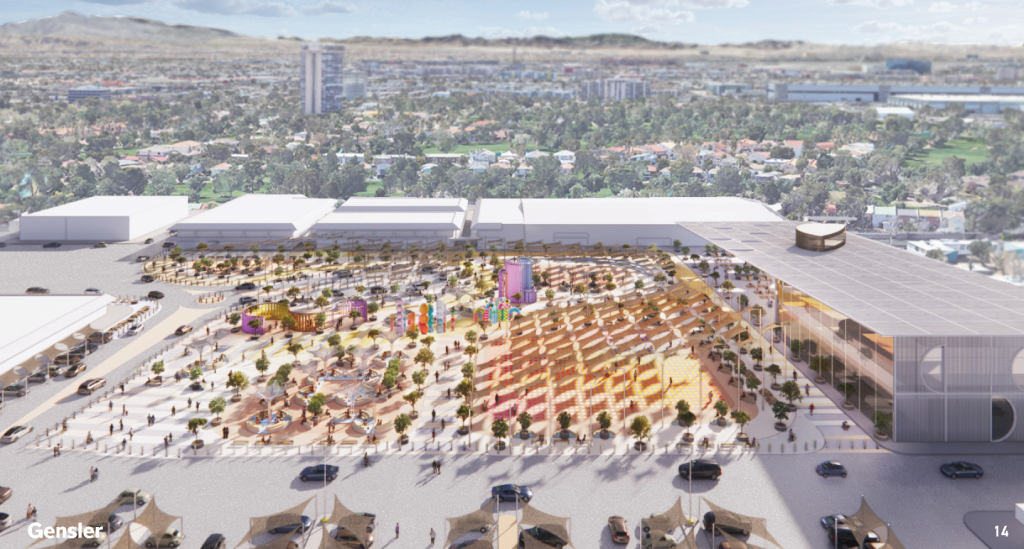
He pivoted to discussing local achievements and brought up the nationally recognized Mobility Training Center. He spoke on the evolution of the design process and how the development turned into more than just a box.
Toward the end of his time, Robillard touched on local projects the company is actively working on, such as the Clark County Commercial Center (NVBEX: Jan. 18; Aug. 8) and Intermountain Children’s Hospital (NVBEX: March 3; July 12).
Gensler is also currently working on a couple of higher education projects. Robillard discussed a memorial for the University of Nevada, Las Vegas, and the Nevada State University Wellness Center in Henderson, which is currently out for bid.
The LMS concluded with a question-and-answer section and a period for attendees to network.
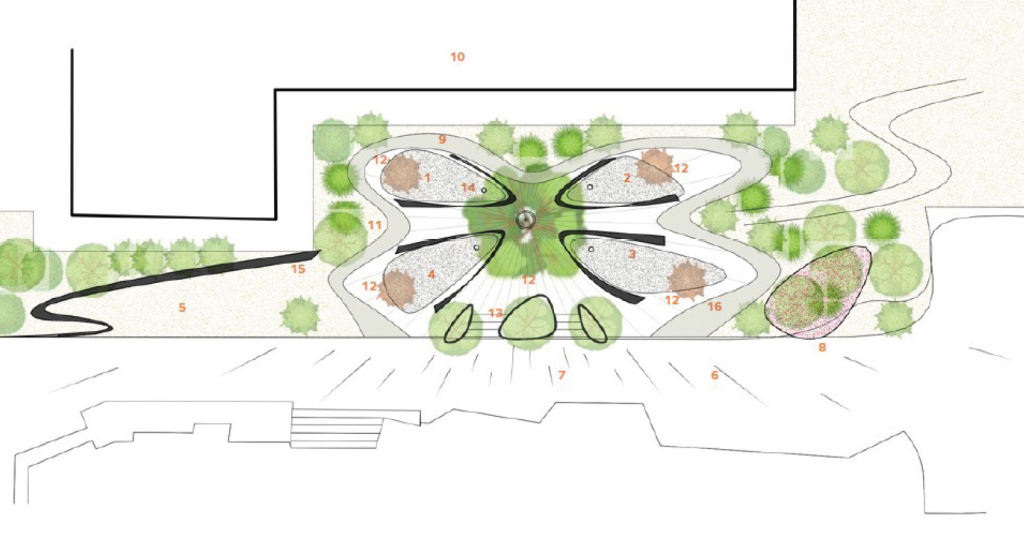
NVBEX will be holding its next event in November, more details are soon to be released at nevbex.com/events.


